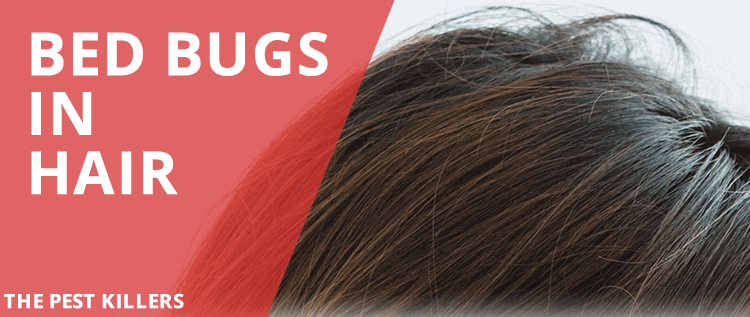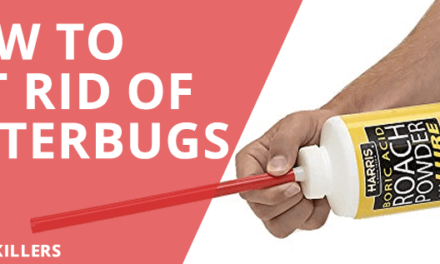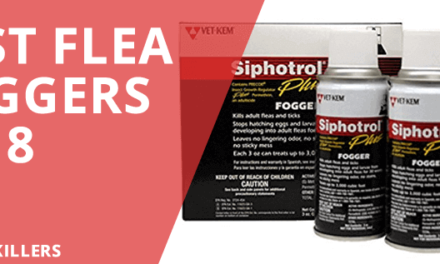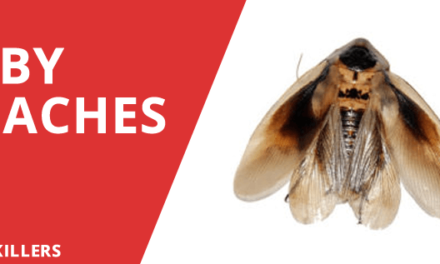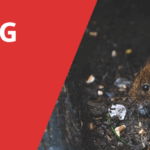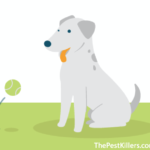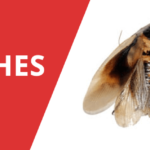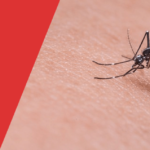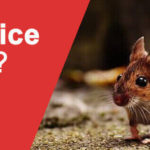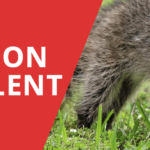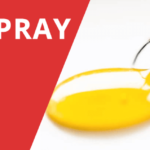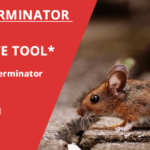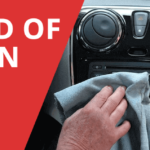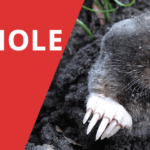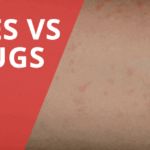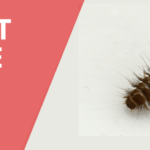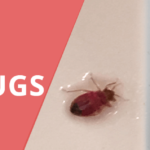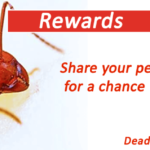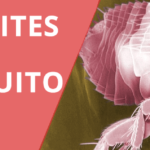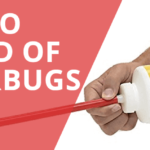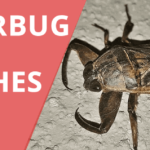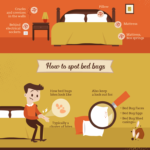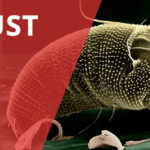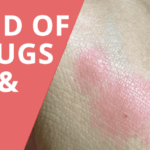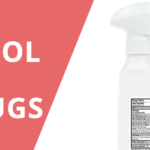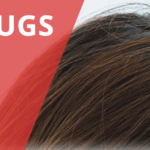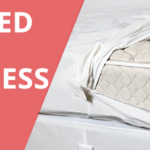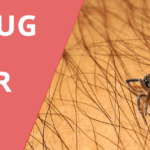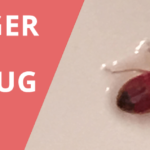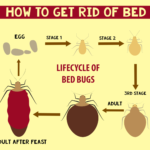Bed bugs in hair is a thing?!
Living in a bedbug-infested room is quite scary, mainly because of the nasty bites that they cause, not to mention the sleepless nights.
Often when people find bugs hiding in their hair or crawling on their skin, they are worried that they might be bed bugs. However, the truth is that bed bugs can’t survive for long in hair. So, there is a high chance that the bugs biting your scalp are lice.
Read on to find out more about the bugs in your hair and how to get rid of them.
Misconceptions: Can bed bugs get into our hair?
 It is very unlikely that you find bed bugs in your hair. Since bed bugs don’t like heat, they don’t stick to skin or hair like ticks and lice do. They also don’t like to stay close to body heat; thus, they don’t stay in the clothes for long either.
It is very unlikely that you find bed bugs in your hair. Since bed bugs don’t like heat, they don’t stick to skin or hair like ticks and lice do. They also don’t like to stay close to body heat; thus, they don’t stay in the clothes for long either.
Ticks and lice both have special claws that assist with their grip onto hair; however, bed bugs don’t. A Bedbugs’ front claw must be positioned in a particular way before they can start feeding. With hair coming in their way, this is quite hard to do. That’s why bed bugs love feasting on the skin.
While bedbugs hide somewhere on a person in order to travel from one place to the other, they would rather nest out of sight when they begin feeding.
So, in short, theoretically bed bugs can get into your hair; however, they can’t live there for long.
Now, the question is…
How do bed bugs get there in the first place?
You can get bed bugs from anywhere; a clean hotel room, public transport or used furniture. Any place that gets a high influx of people such as hostels, resorts, community centers, buses, dressing rooms, jets, nursing homes, restaurants, theaters, and trains.
Unsurprisingly, bed bugs are found in hidden spots on beds such as under the mattress. It is important to note that bed bugs don’t choose a place based on how clean it is. Where there is a potential feast, there will be bed bugs.
Bed Bugs vs Lice

Bed bugs are small insects that have a reddish-brown color. They have six legs and oval-shaped bodies. While the adults measure one-fourth of an inch, nymphs and eggs only measure one-sixteenth of an inch.
Meanwhile, lice are six-legged insects with an oval-shaped body. They can be white in color, or they can have shades of darker-grays and brown as well. While adults measure one-eighth of an inch, eggs, and nymphs measure one-sixteenth of an inch.
Bed bugs, like the name suggests, are found in bedding, furniture, crevices of walls and couch cushions. They can also be found in clothing or luggage. Meanwhile, lice travel exclusively on the host.
There are three kinds of lice, and all of them are found in different places on the body:
Bed bugs leave behind a few characteristic signs. They have a distinct smell because of the oil they secrete, and they leave exoskeletons or discarded shells on the bedding. Similarly, you may also find fecal or blood batter in the sleeping areas. On the other hand, body lice can only be found by combing the hair with a very fine-toothed comb. Furthermore, they also don’t have any specific odor.
Bed bug bites can be present anywhere on the chest, neck, back, face, and other exposed parts of the body. Meanwhile, lice bites are found in particular areas such as the pubic region or scalp.
The bite pattern also differs for the two insects. Body lice have a single mark while bed bugs cause a series of linear bite marks. Moreover, bed bugs will cause itchiness only in highly sensitive people that react to the insect’s saliva. On the other hand, lice bites are itchy for all.
About Body Lice

What we fear to be bed bugs in hair may more than likely be Lice. The louse (singular of lice) is a parasite which attaches to the human hair and feeds on the blood of the human. Adult female lice can lay around six eggs on a daily basis. The eggs are laid on the hair shaft, and those placed less than six millimeters from the scalp have the highest chance of hatching. The eggs are stuck to the hair with the help of a chemical secreted by the female lice.
After a week, the eggs hatch to produce a nymph which then goes through three growth spurts during which they grow until they become full, mature adults.
Lice feed on blood around four to five times every day. Using their mouth part, they bite into the skin and secrete a substance which helps to block clotting.
Anyone can become a victim of lice infestations; however, school children are at the highest risk. It’s important to note that poor hygiene like skipped showers or bath doesn’t lead to lice.
Children living in crowded areas are more likely to have head lice. In crowded conditions, children tend to live close to each other, and they might even share a bed. Head lice spread from one person to the other in two ways:
Bedbugs vs. lice
If you are still confused between the two and you think that the critters crawling on your head are bed bugs, then check out the following chart. There is a high chance that you have lice instead of bed bugs. (That’s good news… I guess)
| Bed Bugs | Lice |
|
|---|---|---|
| Location | Bed, furniture, crevices | Scalp |
| Size | One-fourth of an inch | One-eighth of an inch |
| Bite Appearance | 3, linear bites | Single bite |
| Treatment | Insecticide | Anti-lice shampoo |
Remedies for lice in hair
There are some remedies that you can use to get rid of lice; including the following:
To naturally get rid of lice, you need a fine tooth comb. You will have to repeat wet combing after every three to four days for at least two weeks so that you don’t see any more lice. For wet combing, you need to have your hair completely wet.
It’s ideal to add some anti-lice conditioner before wet combing. Then, with a fine-tooth comb, you must comb the entire scalp to the hair ends. This combing should be done at least twice during one session.
To get rid of lice, you must address the tools that are used on the person infested with lice. So, you must wash all the brushes and combs with soap and hot water, at least 130 degrees Fahrenheit. Alternatively, you can also soak the combs and brushes in rubbing alcohol for at least sixty minutes.
Just to be completely sure, you must include all hair-styling tools present in the house. It is better if you include all the objects that are used in the hair like headbands, hair ties, and barrettes.
To get rid of lice, you mustn’t only look at the person infected with lice but also at the person’s physical surroundings. It’s advised that you vacuum thoroughly not only during a lice outbreak but also afterward.So, you should vacuum all your furniture and floors in your home thoroughly since this helps to remove hair that could have lice eggs attached to it. You might also want to cover your furniture after you vacuum. For this, you can use a plastic drop cloth to prevent the reoccurrence of lice.
Bed Bugs in Hair – Prevention
Till now, there have been no proven methods that will eliminate supposed bed bugs in hair (the spread of lice) completely. However, there are some steps that can be taken to prevent future breakouts.
Firstly, you must avoid head to head contact with people wherever it is possible. You should also not share personal hygiene items, specifically brushes, and combs.
Also, try to avoid hot places like closets, coat hooks, and locker spaces present in public places. Moreover, if you’re a parent, make sure that your children about what lice are and the steps one can take to reduce the risk of getting lice.
Similar to lice, there a few bed bug prevention methods such as bed bug sprays which can help reduce and even eliminate the infestation, but know you’re going to war and not a single method may guarantee 100% elimination.
Bed Bugs in Hair – Wrapping It Up
As mentioned above, if you feel an itching sensation in your scalp and feel as if little bugs are roaming around in your hair, the said bugs are probably lice. This is because bed bugs don’t prefer clinging onto hair.

